Cardinal Fernández on the Medjugorje apparitions
The new rules will explain it. Maybe clarify some points
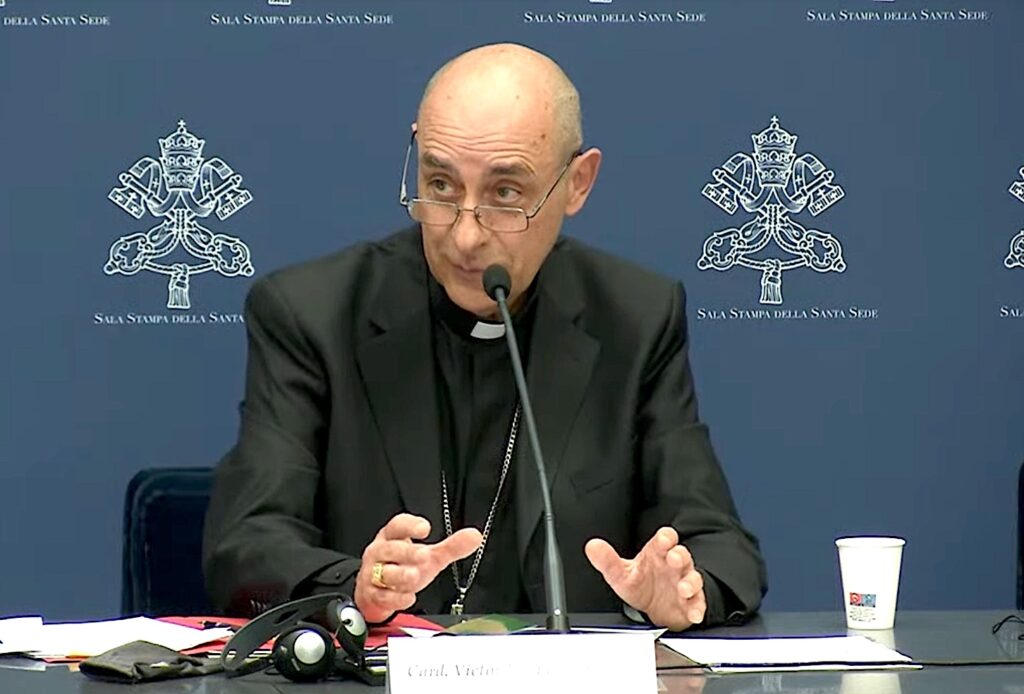
The Dicastery for the Doctrine of the Faith announced today, May 17, the new norms that accept or lesser fewer apparitions or alleged supernatural events that will come into force starting next Pentecost Sunday.
The central point is that to declare that an event is supernatural requires, among other things, a lot of time, and in the social age it is a luxury that the Church cannot afford.
The prefect of the Dicastery, Cardinal Víctor Fernández, indicated that these norms are “a guide to discern situations that may occur out of the ordinary in the Christian community” and “have the firm support of the Holy Father.”
Thus, the Dicastery proposes six norms, from the Nihil obstat (there is no impediment) to the Declaratio de non supernaturalitate. In other words, there is nothing supernatural about the event.
During the questions, Medjugore and the case of some supposed Marian apparitions in the town of Trevignano, a few kilometers from Rome, entered fully, where the local bishop, encouraged by the Dicastery – Fernández explained – declared the ‘non-supernaturality’ of the events. .
“And if these people want to continue, we don’t have police, we can’t prohibit them from asking for money on land that is not ours the Virgin gave some orders about what the bishop had to do. That will have to be clarified,” he said.
On the other hand, regarding the Marian apparitions of Medjugorje, the prefect declared, “I have not read the material that is in the Dicastery. I know some details, but we have to start studying, since with these new rules it will be easier to reach a conclusion.” The cardinal wanted to specify, meanwhile, that “a supernatural phenomenon can be considered good and not dangerous at the beginning and can have some problems later on. This is a difference that needs to be taken into account in a statement.”
“And assuming,” the Prefect added, “that there is a nihil osta, at the same time it will be necessary to clarify some details that do not have to be taken seriously, because if I remember correctly the Virgin gave some orders about what the bishop had to do. That will have to be clarified,” he said.
That is to say that for a conclusion of any event outside the normal, the discernment will not be oriented “towards a declaration of the supernatural character of the event but towards a prudential declaration” unless the Pope considers otherwise, with six possible conclusions, which will lead the Church to give answers in short times.
Before the journalists who filled the Press Room of the Holy See, when presenting the topic in the Press Room of the Holy See, the cardinal related some cases that he experienced firsthand in his country, Argentina, even very unusual ones, such non-supernatural way that since they are “particularly solvable” in these cases “no further action is taken.”
He also wanted to specify that “the faithful are never obliged to believe in these phenomena,” since the revelation was already completed in the Holy Scriptures.
The new document values the recognized apparitions: “Many times these events have caused a great wealth of spiritual fruits, growth in faith, devotion and fraternity and service, and in some cases they have given rise to various Shrines spread around the world that today form part of the heart of the popular piety of many peoples”.
In the various qualifications in which an event can be placed, the first two are sufficient for the faithful to trust.
1- Nihil obstat — Although no certainty is expressed about the supernatural authenticity of the phenomenon, numerous signs of an action of the Holy Spirit “in the midst” are recognized… For this reason, the diocesan bishop is encouraged to appreciate the pastoral value and to promote the dissemination of this spiritual proposal, also through possible pilgrimages to a sacred place.
2- Prae oculis habeatur — Although important positive signs are recognized, some elements of confusion are also noted… If there are writings or messages, a doctrinal clarification may be necessary.
3- Curatur – Several or significant critical elements are detected, but at the same time there is already a wide diffusion of the phenomenon and the presence of spiritual fruits related and verifiable with it. In this sense, a prohibition that could disturb the People of God is not recommended; …the diocesan Bishop is urged not to encourage this phenomenon.
4- Submandate – The critical problems detected are not linked to the phenomenon itself, full of positive elements, but to a person, a family or a group of people… In this case, the pastoral guide of the specific place where the phenomenon is verified, is entrusted to the diocesan bishop or another person delegated by the Holy See, who, when unable to intervene directly, will try to reach a reasonable agreement.
5- Prohibetur et obstruatur – “Despite the presence of legitimate requests and some positive elements, the critical issues and risks seem serious”, then “the Dicastery asks the diocesan bishop to publicly declare that participation in this phenomenon is not permitted”.
6- Declaration of non-supernaturality. In this case, the diocesan bishop is authorized by the Dicastery to declare that the phenomenon is not recognized as supernatural.
Related
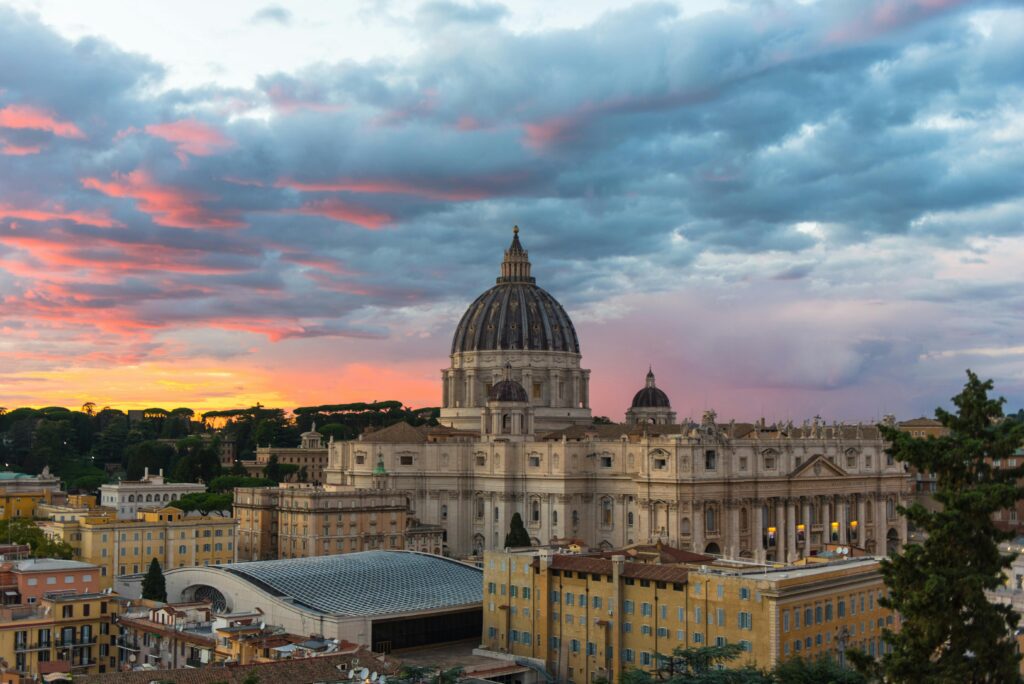
On April 5 and 6, pilgrims from around the world will celebrate the Jubilee for the Sick
Exaudi Staff
04 April, 2025
4 min
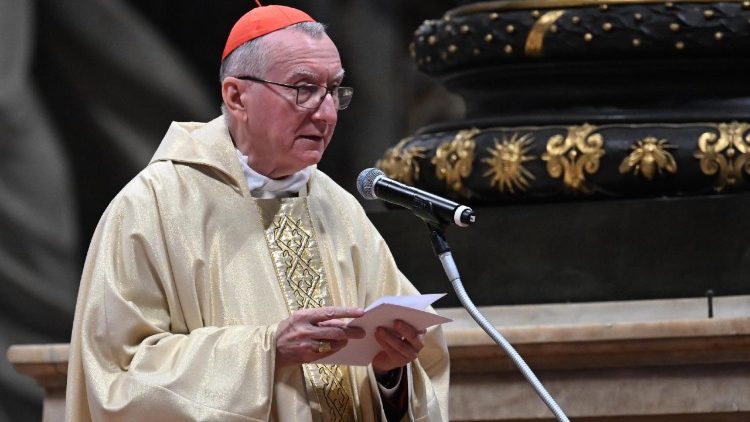
John Paul II: The Tireless Pilgrim Who Continues to Inspire the World
Exaudi Staff
03 April, 2025
2 min
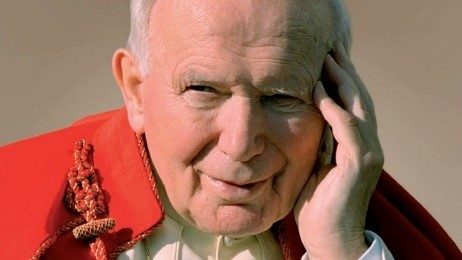
Mass in Commemoration of the 20th Anniversary of the Death of John Paul II
Exaudi Staff
01 April, 2025
1 min
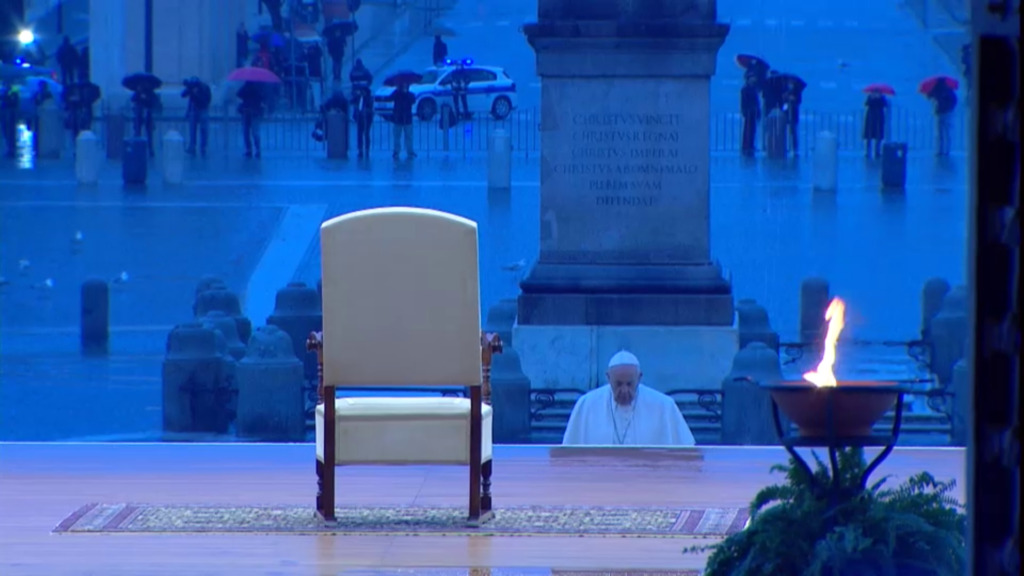
Five Years After Statio Orbis: Hope in the Midst of the Storm
Exaudi Staff
27 March, 2025
2 min
 (EN)
(EN)
 (ES)
(ES)
 (IT)
(IT)

